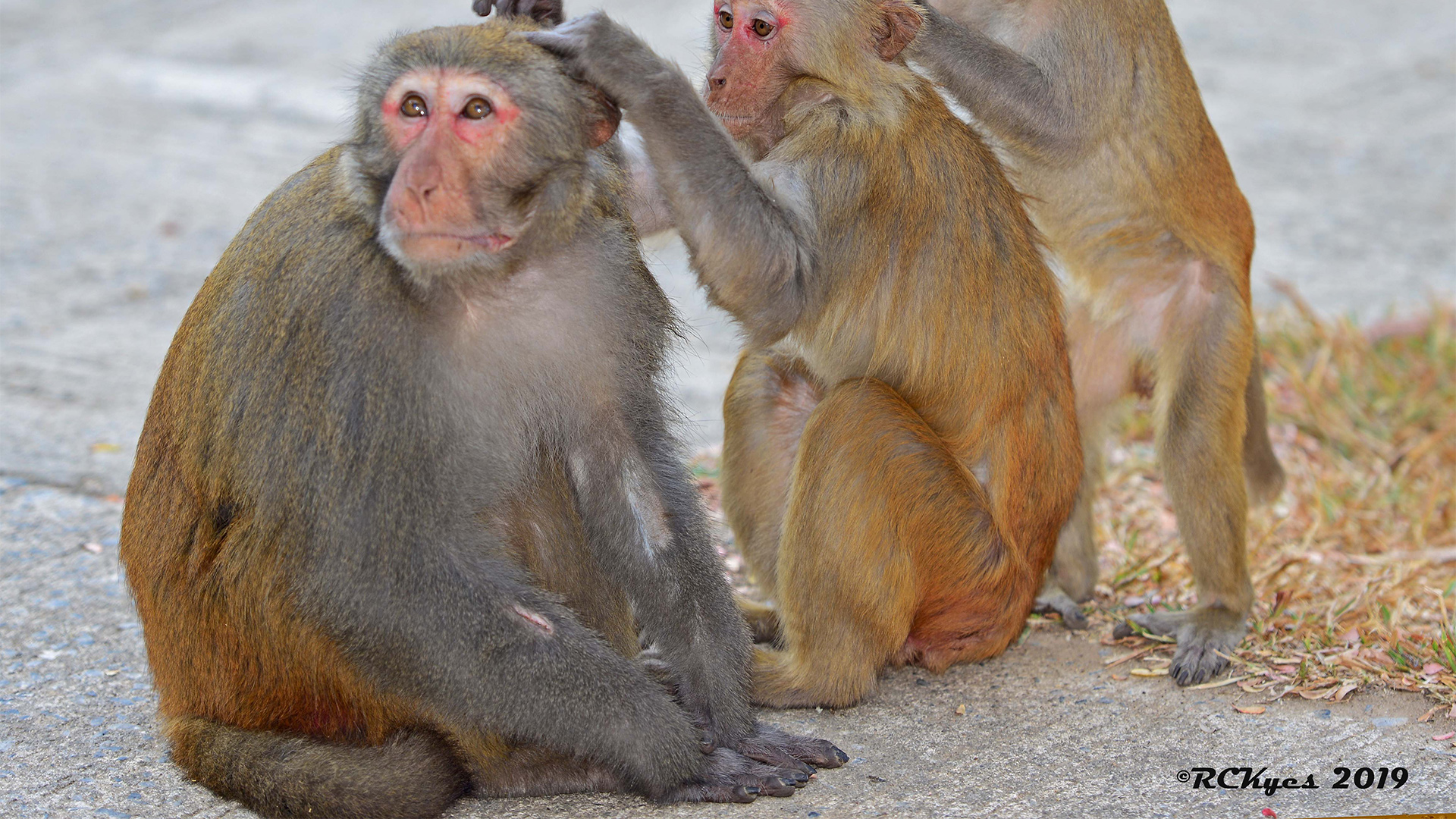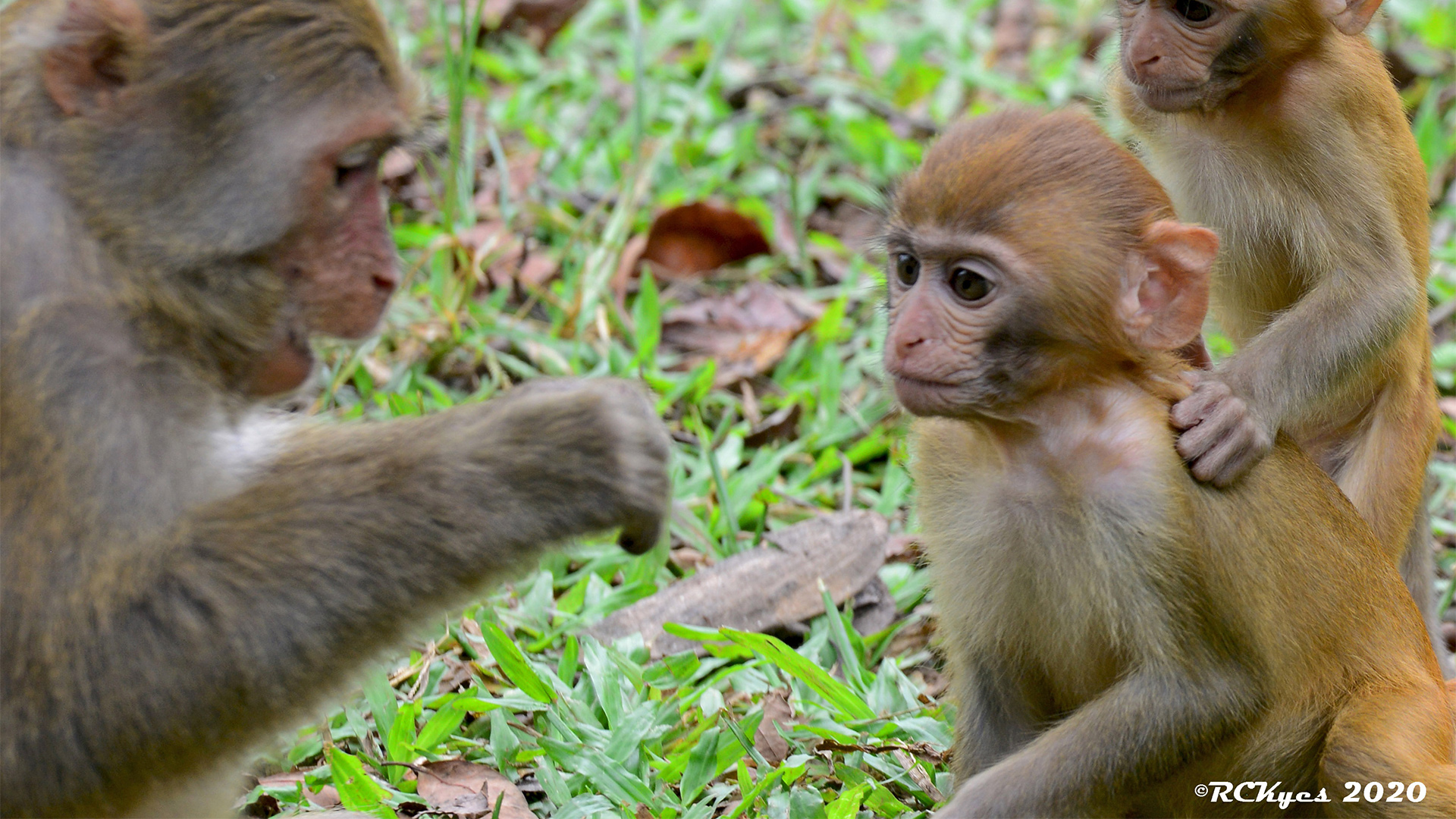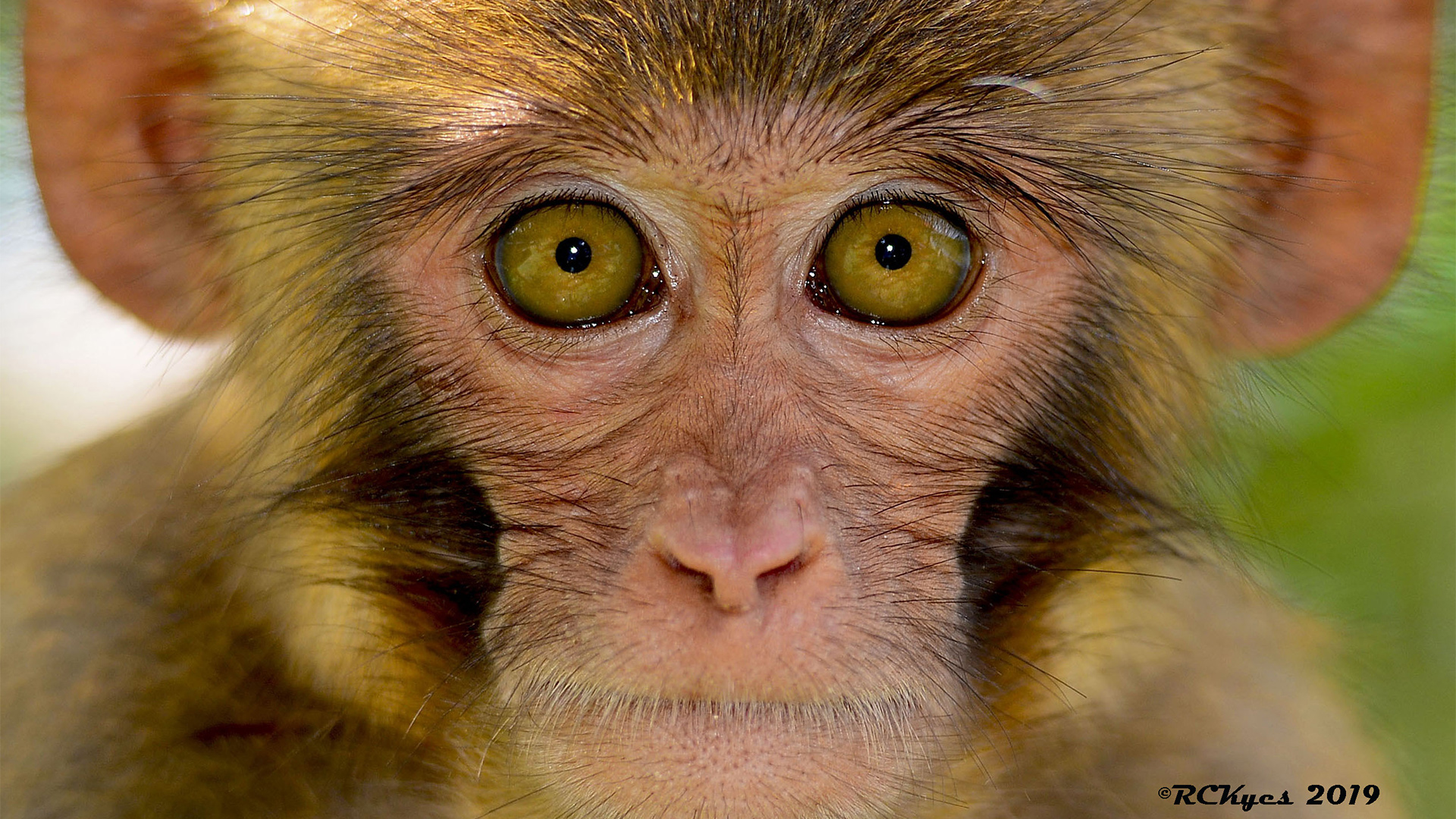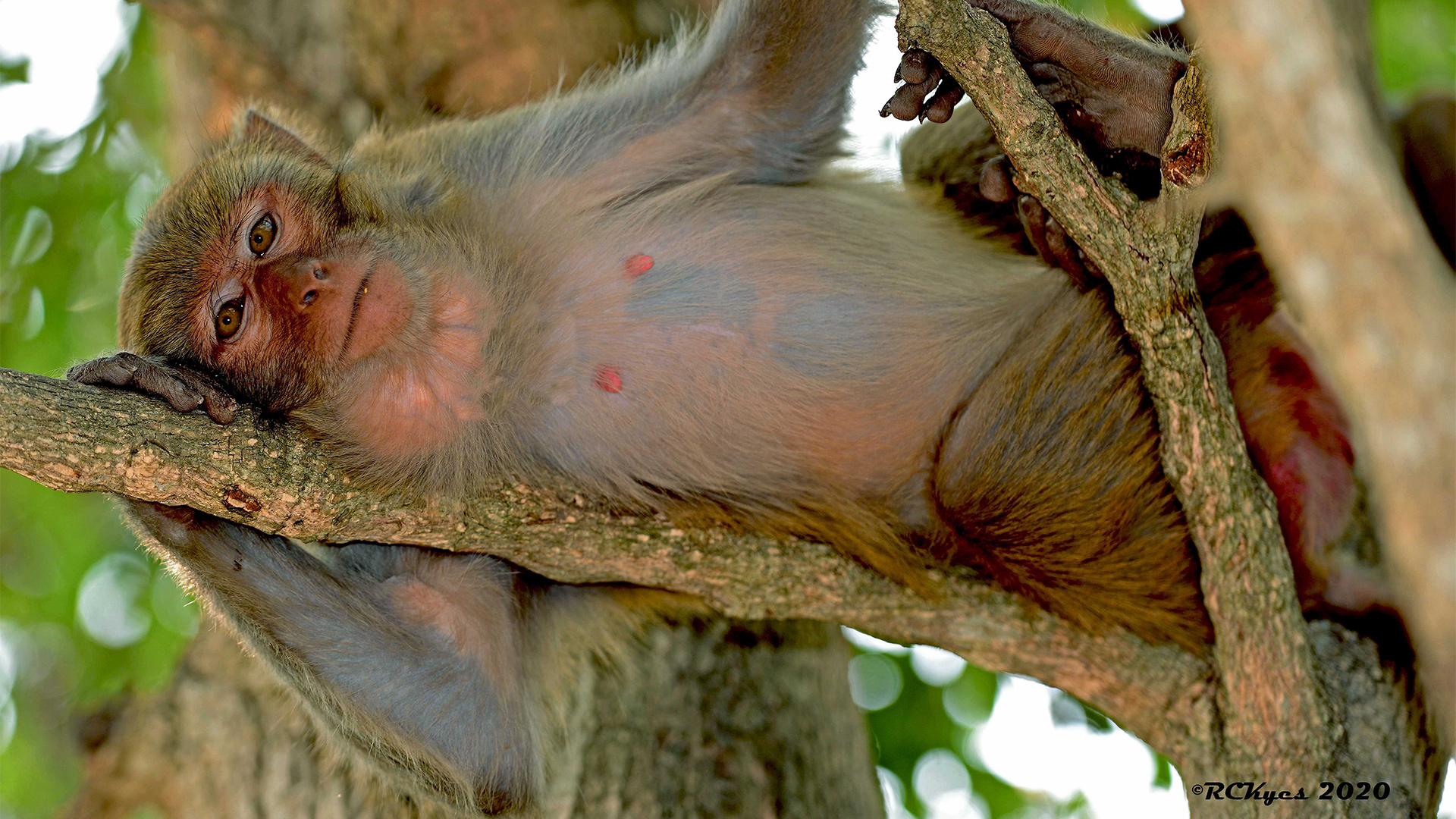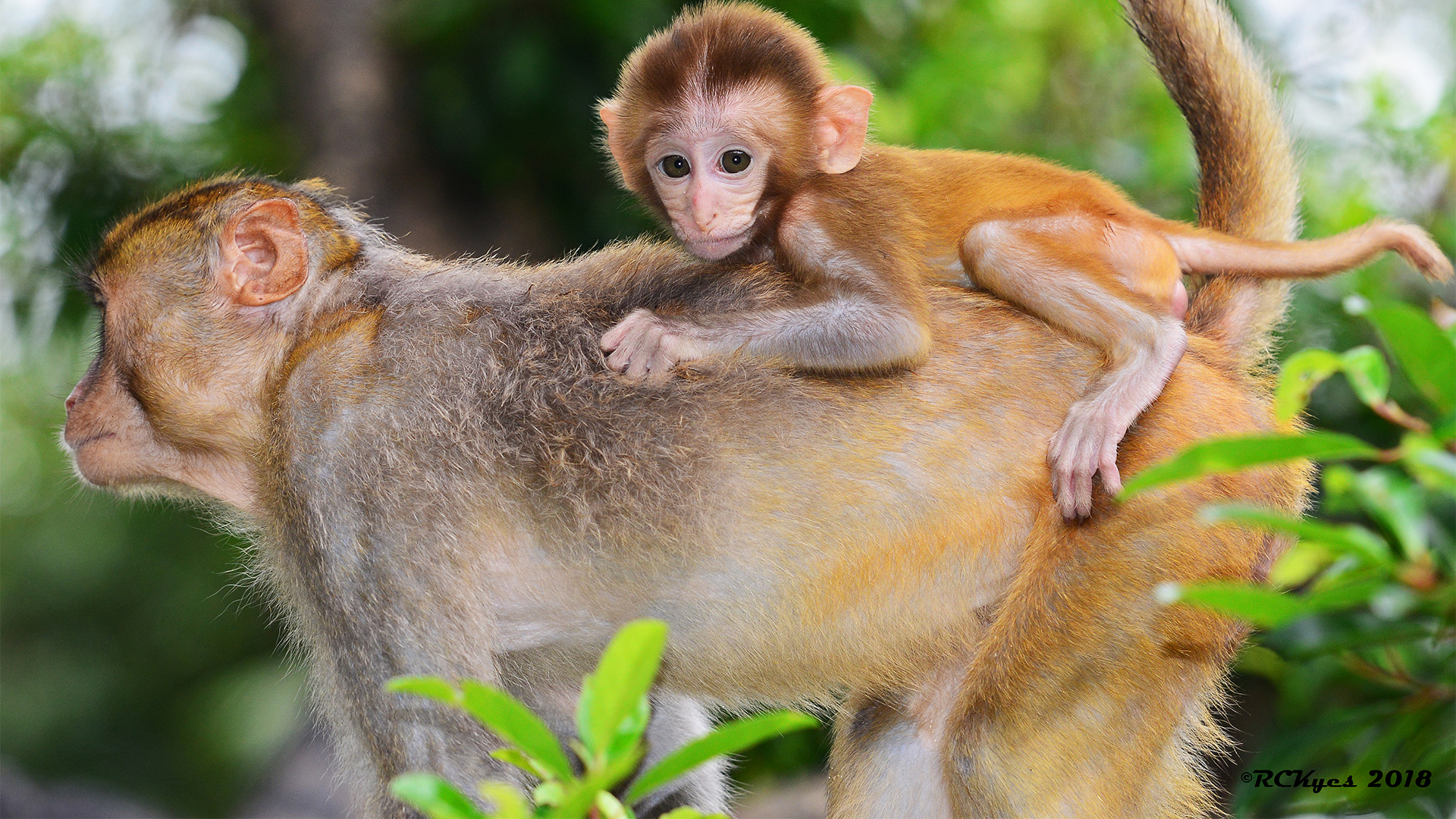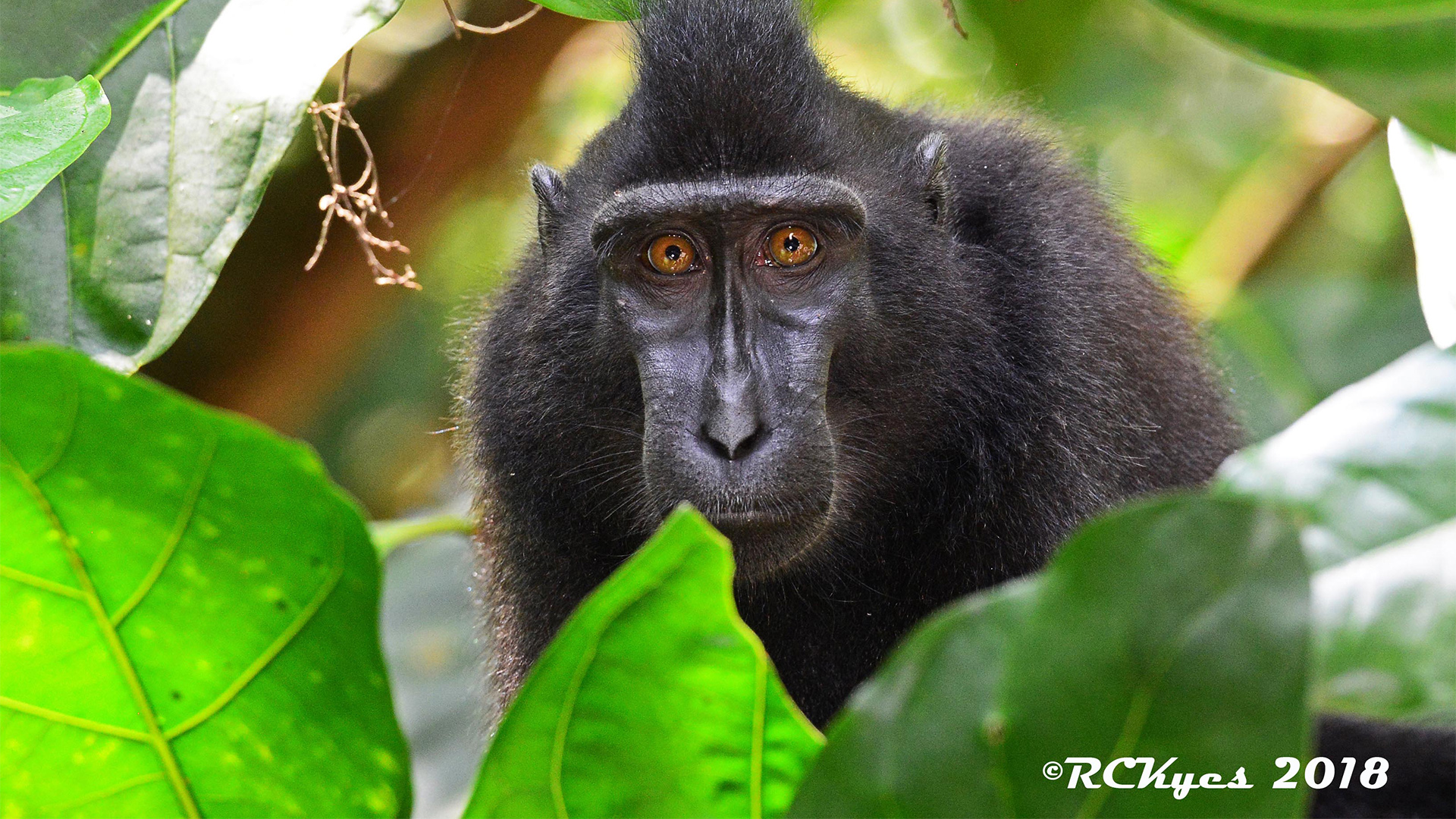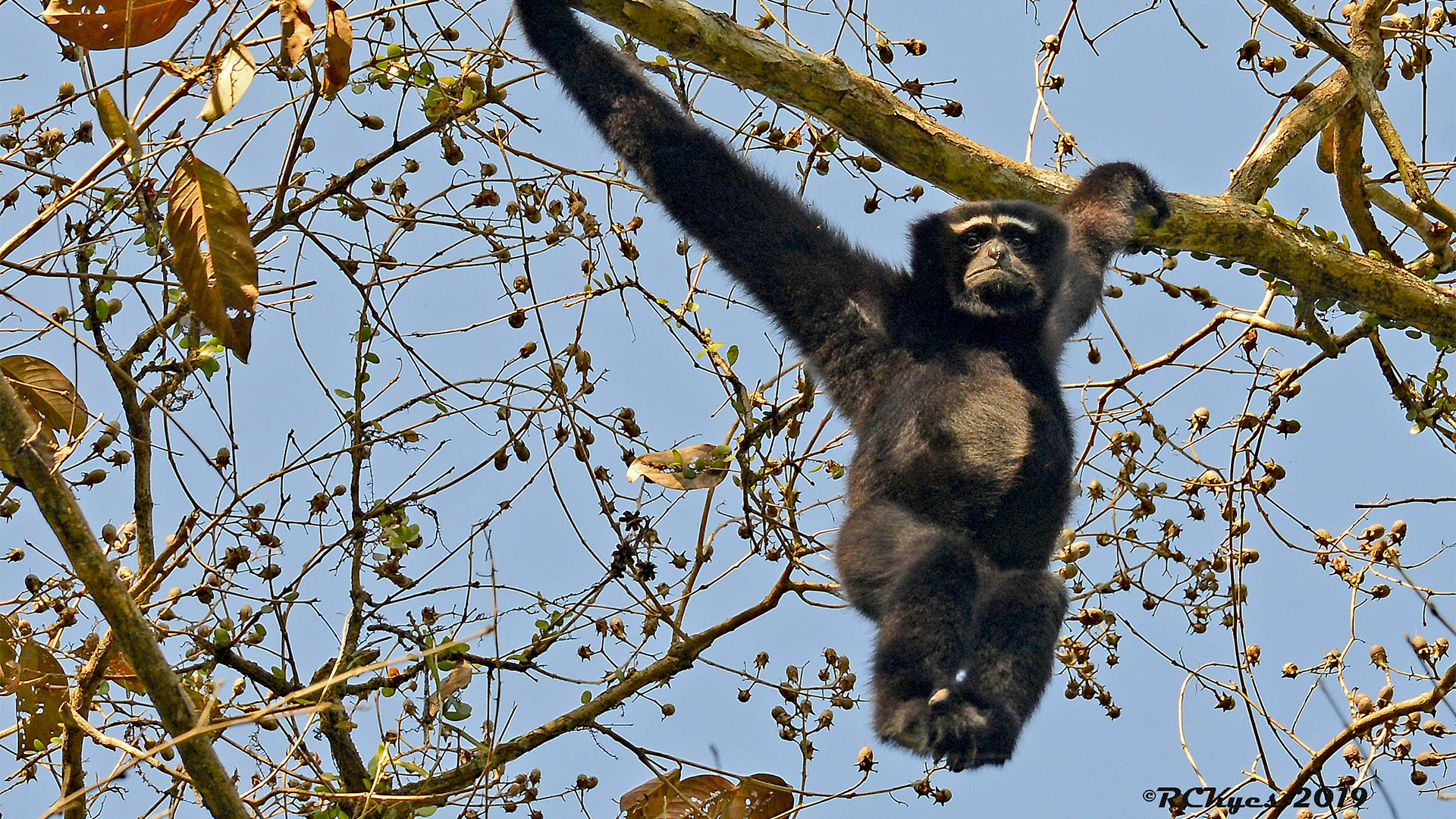Primate photography above provided by and copywritten by Randall (Randy) C. Kyes, head of our Global Conservation, Education & Outreach unit and a research professor at the University of Washington.
Empowering the delivery of leading edge scientific discoveries to improve human health while promoting the highest standards of care, health, well-being and conservation for primates around the world.
To meet this mission, the WaNPRC strives to create a research environment that promotes an innovative, yet well-established program for the advancement of scientific discoveries and their application for improving the quality of life. WaNPRC supports biomedical research activities, professional research staff, specifically bred and maintained nonhuman primate colonies, and dedicated facilities and equipment required for nonhuman primate research protocols.
The WaNPRC performs critical biomedical research leading to new advances in science and medicine. Our researchers are working to develop effective vaccines and therapies for HIV/AIDS and other infectious diseases as well as new advances in genetics, neuroscience, vision, and stem cell biology and therapy. The WaNPRC directly supports the National Institutes of Health’s mission to translate scientific advances into meaningful improvement in healthcare and medicine.
The Center has been a part of the University of Washington research community since 1961 and is one of seven National Primate Research Centers established by Congress in 1959 in order to provide specialized resources for nonhuman primate research studies that are applicable to human health.
Center Facts
-
First grant in 1961

-
7 national primate centers

-
40+ grants

An integral part of the University of Washington
The Center is an integral department of the University of Washington (UW), operating under the auspices of the Health Sciences Administration, and is affiliated with the Schools of Medicine, Public Health, affiliated research centers and the University of Washington Medical Center. It received its first operating grant award in 1961 and is one of the seven U.S. centers in the National Primate Research Center Program established by Congress in 1959 in order to provide specialized resources for nonhuman primate research studies that are applicable to human health.
The Center has a research staff of nationally and internationally prominent scientists led by our Core Staff scientists and over 400 affiliate scientists. These Core Scientists are also UW faculty members in the following departments: Anthropology, Bioengineering, Biological Structure, Electrical Engineering, Global Health, Immunology, Laboratory Medicine, Medical Genetics, Microbiology, Obstetrics & Gynecology, Oncology, Pathology, Pharmaceutics, Physiology & Biophysics, and Psychology. They conduct research that touches virtually every field of nonhuman primate biology and medicine with particular focus on the neurobiological sciences, AIDS-related research, reproductive and developmental sciences, genomics, immunogenetics, nonhuman primate models for human diseases, international outreach and conservation, and the psychological well-being needs of its colonies. The Center participates in biomedical research activities that supports the NIH initiative to accelerate the translation of basic discoveries into improved therapies and medical care.
WaNPRC achieved Continued Full Accreditation through AAALAC International as part of the Animal Program at the University of Washington.
Center Facts
-
71 Institutions

-
164 affiliate researchers

-
100+ on-hand staff

-
18 UW departments

Our core competencies
Research
To support translational and pre-clinical biomedical research utilizing nonhuman primates with emphasis in the areas of AIDS-related research, developmental biology, functional genomics, immunology, reproductive biology, neurophysiology, international studies, transplantation and stem cell biology, virology, and development of primate disease models. These major areas of research serve as focal points for the core and affiliate research program.
Access
To provide efficient and effective access to the resources of the Center to the local, regional, national, and international primate research community.
Scientists
To maintain and expand the Center’s affiliate and core scientist roster focusing on the use of nonhuman primate models in biomedical research while providing additional scientific resources for the broader research community.
Resources
To provide a complete, inclusive spectrum of resources necessary for successful implementation of nonhuman primate protocols.
Operational Efficiency
To continue to become more cost efficient, evaluating long-term research resource needs, and implementing organizational and resource changes to best accommodate those requirements.
Dissemination of Information
To disseminate information regarding nonhuman primate use and research findings to scientists throughout the biomedical research community.
Training Opportunities
To provide comprehensive and appropriate training programs for scientists, staff, and students regarding nonhuman primate research, safety, biohazards, and the proper care and use of nonhuman primates in research.
Primate photography above provided by and copywritten by Randall (Randy) C. Kyes, head of our Global Conservation, Education & Outhreach Programs unit and a research professor at the University of Washington.
Our facilities
Appropriate facilities are a critical component of WaNPRC operations and the Center’s ability to effectively support nonhuman primate biomedical research. The WaNPRC is headquartered on the University of Washington’s Seattle campus (UW), within the Warren G. Magnuson Health Sciences Center. The complex research facilities and labs of the Center’s Neuroscience Division, Protective Immunity (FGID), International Programs, Primate Resources Division and the Director’s Office occupy the I-Wing.
The Magnuson Health Sciences Center is also home to the UW Schools of Medicine, Dentistry, Nursing, Pharmacy, Public Health and Community Medicine. The School of Medicine is a regional resource for Washington, Wyoming, Alaska, Montana, and Idaho (WWAMI) and a nationally and internationally recognized leader in medical education, patient care, and scientific research.
The Infectious Disease and Translational Medicine specialized SLU facilities, located in Seattle’s emerging biotechnology hub of South Lake Union.
In 2013, WaNPRC established a “specific pathogen free” breeding colony of pigtail macaques located in Mesa, Arizona. This is an Indoor/outdoor housing compound with support facilities. The breeding colony is located on 21 acres of Tribal Land belonging to the Salt River Pima-Maricopa Indian Community (SRPMIC).
The WaNPRC also maintains a long-standing collaboration with the Fred Hutchinson Cancer Research Center where a portion of the Gene Therapy and Regenerative Medicine core is located.
University Land Acknowledgment
The University of Washington acknowledges the Coast Salish peoples of this land, the land which touches the shared waters of all tribes and bands within the Suquamish, Tulalip and Muckleshoot nations.*
The Washington National Primate Research Center acknowledges the Native Nations that have inhabited the Salt River Valley within their ancestral territories, including the Akimel O’odham “akumel otham” (Pima) and Pee Posh (Maricopa) Indian Communities.
*UW’s acknowledgement of the tribes and bands within the Suquamish, Tulalip and Muckleshoot nations comes from consultation and guidance by the Governor’s Office of Indian Affairs and Federal regulations and policies. In this phrasing, we are adhering to tribal sovereignty.
